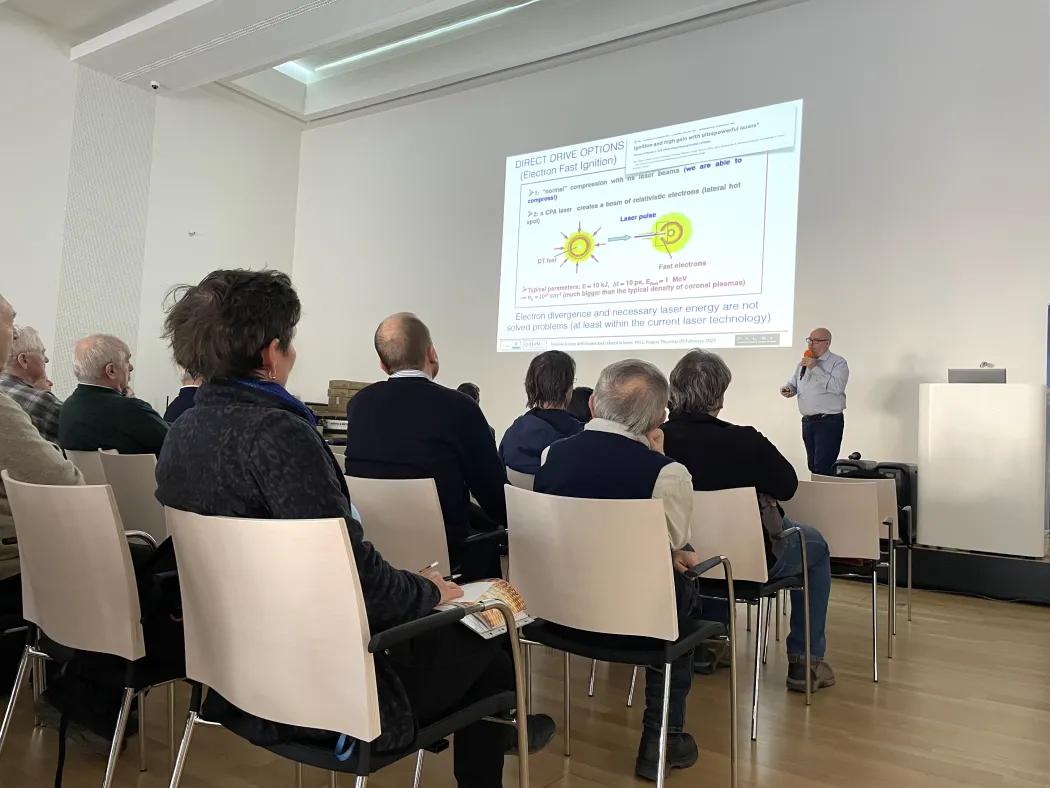Renowned physicist Luca Volpe recently gave a lecture at FZU, discussing the latest breakthroughs in nuclear fusion with lasers and related science. The lecture, entitled “From the recent breakthrough at the National Ignition Facility (NIF) to a new European Pathway for Laser-Fusion in EU,” covered two main topics.
Volpe began by discussing the current state of laser fusion activities in Europe, highlighting recent developments over the past two years. He emphasized the importance of energy sources, and how different sources can be used for different applications.
The Inertial Confinement Fusion method, according to Volpe, is one of the most reliable approaches to obtain nuclear fusion on earth. The principle behind this method is to confine plasma with lasers, following the same principle that gravity does in stars.
Volpe then talked about the recent breakthrough at the National Ignition Facility, which occurred on December 5th, 2022. During the National Ignition Campaign, scientists achieved a total Energy Gain of 3 MJ, representing a significant milestone for the laser fusion community. This breakthrough has been eagerly anticipated since the beginning of the NIF campaign in 2009 and is the starting point for a proper Inertial Fusion Energy (IFE) program based on more advanced laser-fusion schemes. The goal is to reach energy gains greater than 100 at a minimum repetition rate of 10 Hz, to reach the minimum conditions for positive energy production.
Volpe stressed the importance of Europe taking advantage of this opportunity and becoming a relevant player in the field by starting a proper IFE program. The EU laser-fusion community has launched an initiative called The HiPER plus, to facilitate the constitution of an EU project to investigate new schemes for fusion energy, which is based on the experience of the HiPER project. HiPER was included in the ESFRI map but was later closed mainly due to the lack of results in the NIF.
Finally, Volpe touched on the various fields of investigation related to laser fusion, including laser plasma and particle acceleration, High Energy Density Physics and Warm Dense Matter (WDM), Astrophysics and Planetology, material science and nuclear physics. He also presented recent results on Ion stopping power in WDM, which is relevant for laser fusions.
Overall, Volpe's lecture shed light on the exciting developments in the field of nuclear fusion with lasers and the potential for Europe to play a significant role in this important area of research.
